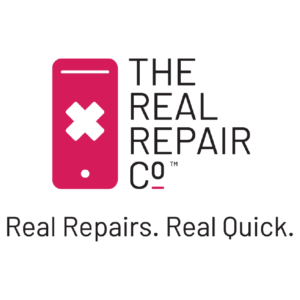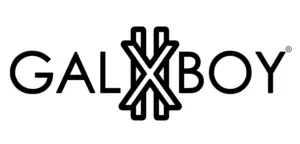How SA retailers can tap into Webrooming & Showrooming
The way we shop is changing. Whether at home or in-store, today’s digitally-savvy consumers are constantly connected. Smartphone in hand, they may be “webrooming” – Researching products online, then purchasing in-store. Or, they could be “showrooming” – Visiting stores to ‘touch and feel’ products, then buying them online.
These buzzwords are the result of constantly evolving shopper habits. And as our reliance on technology grows, the line between eCommerce and brick-and-mortar retail continues to blur, with consumers expecting a seamless transition between online and offline, pushing brands to adapt in response.
Millennials, Gen Z drive webrooming & showrooming
Millennials and Gen Z are driving the webrooming and showrooming trend, with 78% shopping in-store and online simultaneously, and 34% more likely than baby boomers to use a mobile device in a store.
Data by Google echoes this trend, showing 82% of shoppers check their phones to research products.
In a South African context, iVend Retail found 90.8% of South African consumers shop on mobile devices while in a physical store.
Creating an omnichannel experience
Today’s technology-reliant shoppers expect an omnichannel experience where they can move seamlessly between online and offline channels.
A study by Harvard Business Review found that 73% use multiple channels during their shopping journey.
Interestingly, the study found that the more channels customers use, the more valuable they are to the retailer in terms of their spend. It also found that omnichannel shoppers were more loyal.
“Within six months after an omnichannel shopping experience, these customers had logged 23% more repeat shopping trips.”
Retailers with both an online and brick-and-mortar offering need to tap into this trend by understanding consumer preferences, behaviours and motivations and developing strategies to cater to this demand.
International beauty retailer Sephora’s mobile app uses location-based marketing to recognize when a consumer enters their store and offer relevant information about that specific store’s deals.
In South Africa perspective, The Foschini Group has deployed kiosks and an omnichannel solution for its leisure brands, Sportscene and Totalsports.
While several local eCommerce brands including Superbalist and Takealot are offering consumers click and collect options to enhance convenience.
Online Retailers need to focus on the visual
While eCommerce merchants are unable to deliver an in-store experience, they can offer an ‘in-home experience’ through an innovative and immersive online visual experience so they don’t feel the need to go into a store to ‘try out’ the product. Technology is key here. Consider bringing in video, 360 viewing capabilities, image recognition as well as virtually ‘trying before you buy’ using augmented reality.
In terms of webrooming, some of the major reasons why people browse online but land up shopping offline, is due to high shipping costs, long delivery lead times and inconvenient and laborious return policies. As an online retailer, you can give yourself the competitive edge, by offering free delivery over a certain minimum spend, fast turnaround times, and easy and convenient returns policies.
Conclusion
The message is clear, the better the experience you can provide across the various channels, the more customers will interact with your brand. Retailers can most effectively bridge this gap between online and offline by focusing on the shopper’s mobile experience.
As an online retailer, the experience you deliver your customers will dictate whether or not customers “webroom” or follow through their purchase on your site. Simplify the process by making the experience immersive and interactive through analysing audience behaviour and understanding what visitors want.
For more useful eCommerce advice, visit our merchant hub.

























































